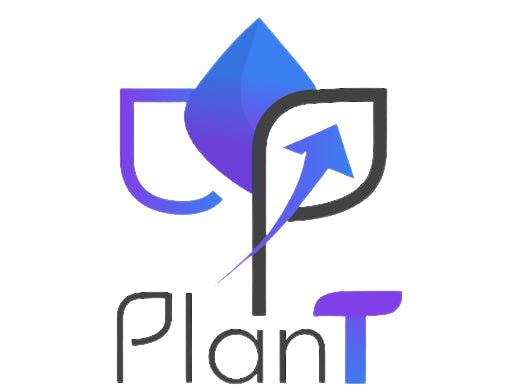Business data communication is the process of distributing information to all stakeholders within a company. The information may come in the form of statistics, trends and other insights based on data. Effective data communication for business involves making these insights easily accessible to different types of audiences. Stakeholders are less likely to make decisions based on information that they don’t fully comprehend www.technokingindia.com/compare-various-features-of-board-portal-providers-and-point-out-the-major-differences-between-them/ or trust. A strong understanding of data analysis is crucial for communicating data insights and, equally important, are proficient writing skills. For presentations or reports, writing precisely and concisely can prevent confusion and misinterpretation data analytics results.
There are several business data communication models depending on what kind of data must be shared and the level required for security. One of the most popular models is the publish-subscribe model, which utilizes a broker to provide information to subscribers who have expressed an interest in it. Other models are designed to enhance the quality, validity, or reliability of data through transformations, aggregations, and analytics.
Another purpose of business data communication systems is to support virtual organization, which allows employees to work from their homes or anywhere in the world, without being restricted by office locations or time zones. This allows employees to work with colleagues remotely, saving on expenses for overhead and improving customer service.
Furthermore, the capability to effectively communicate data helps companies to pinpoint issues or problems that need improvement. This allows them to take the necessary actions to improve their products and service. If customers are not happy with a product or service and want to improve it, they can be asked for feedback and suggestions through customer surveys and data communication tools.
